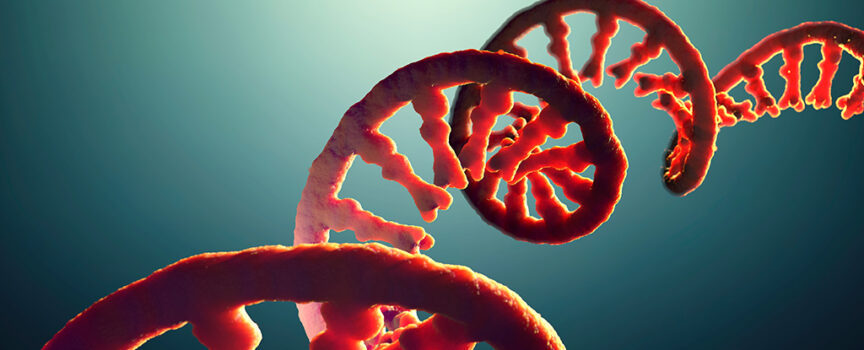Loss of life, to place it mildly, is a quite inconvenient occasion for a dwelling mind. The cascade of results that arises as oxygen vanishes sweeps like a tide all the way down to the very approach our cells transcribe and translate our DNA, scrambling in a last-ditch attempt to maintain the lights on.
A comparability of autopsy mind tissue and samples taken from dwelling sufferers has revealed for the primary time important variations in the way in which strands of RNA are modified, exposing new potential targets for illness analysis and therapy.
Researchers from the Icahn Faculty of Medication at Mount Sinai in New York targeted on the way in which particular base codes of adenosine (A) are swapped for a totally totally different base, inosine (I), in messenger RNA.
“Till now, the investigation of A-to-I editing and its organic significance within the mammalian mind has been restricted to the evaluation of postmortem tissues,” says genomicist Michael Breen.
“By utilizing recent samples from dwelling people, we have been in a position to uncover important variations in RNA modifying exercise that earlier research, relying solely on postmortem samples, could have ignored.”
To show the genes encoded by double-stranded helixes of DNA into purposeful proteins, biology has to repeat their sequences right into a subtly totally different format based mostly as an alternative on RNA. These ‘messengers’ can then be translated into proteins by different RNA constructions that piggyback the amino acid constructing blocks.
Billions of years of evolution has taken benefit of this middleman transcription and translation service to nearly add in an entire new library of proteins. Like a rogue editor rewording manuscripts to serve solely new functions, cells can tweak a gene’s messenger RNA to fulfill solely totally different wants.
Some species – most notably types of cephalopod – take RNA modifying to an entire new stage, rewriting their brain’s own genetic instructions because the event requires it.
In vertebrates resembling ourselves, the removing of an amino group, or ‘deamination‘ of adenosine turns it into inosine – a base just like the bottom guanine (G) – usually leading to a really totally different finish product to the one encoded for within the DNA’s library of genes.
This A-to-I base swap is achieved by the adenosine deaminase acting on RNA (ADAR) household of enzymes, which play vital roles in shaping a variety of various tissues, together with these within the mind.
The method is so vital, in truth, that errors within the modifying course of can result in a variety of neurological disorders. To find out exactly how edits to particular transcribed genes become life-threatening situations, researchers have analyzed specimens collected autopsy.
As handy as these samples is perhaps to gather, they undergo a serious disadvantage.
“We hypothesized that molecular responses to postmortem-induced hypoxic and immune responses can considerably alter the panorama of A-to-I modifying,” says the research’s lead creator Miguel Rodríguez de los Santos, a molecular biologist at Mount Sinai.
“This may result in misunderstandings about RNA modifying within the mind if we solely research postmortem tissues.”
Certain sufficient, samples of mind tissue obtained from dwelling sufferers throughout the surgical placement of deep mind stimulation electrodes revealed main variations within the exercise of two sorts of ADAR enzymes, in addition to the websites they acted upon.
The staff’s evaluation distinguished in extra of 72,000 places on RNA strands the place A-to-I modifying occurred extra typically in specimens from the just lately deceased, in contrast with these collected from a dwelling affected person.
There have been a whole lot of web sites the place the other occurred, nevertheless, the place the modifying course of was extra prolific within the samples from dwelling brains. Whereas a number of the websites had recognized capabilities in mind plasticity, many require additional investigation to know the mechanisms at play.
“It’s vital to notice that our findings don’t negate however as an alternative present lacking context for utilizing postmortem mind tissues in researching A-to-I regulation,” says co-senior creator Alexander Charney, a physician-scientist at Mount Sinai.
“Understanding these variations helps enhance our information of mind perform and illness by way of the lens of RNA modifying modifications, which may doubtlessly result in higher diagnostic and therapeutic approaches.”
This analysis was revealed in Nature Communications.





